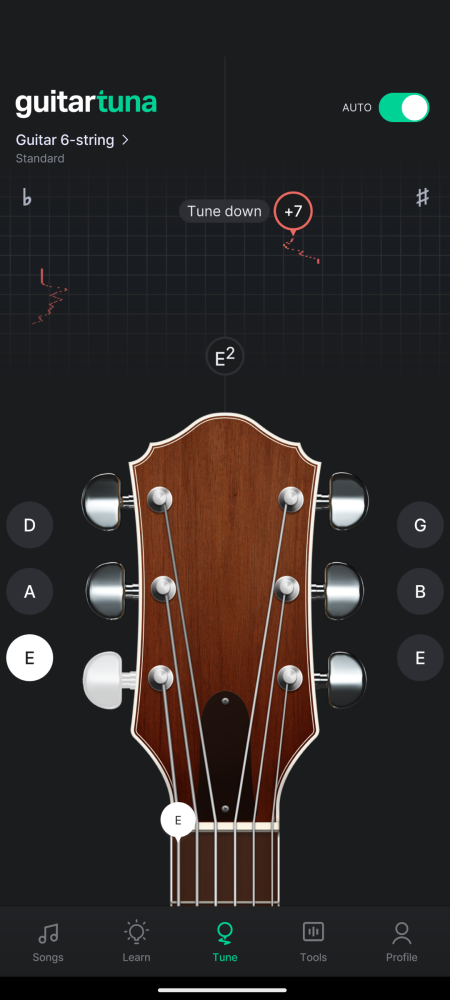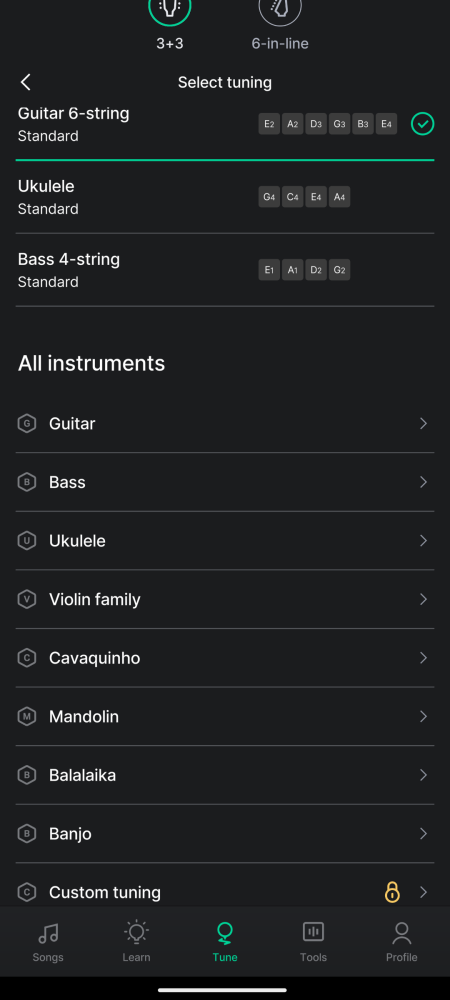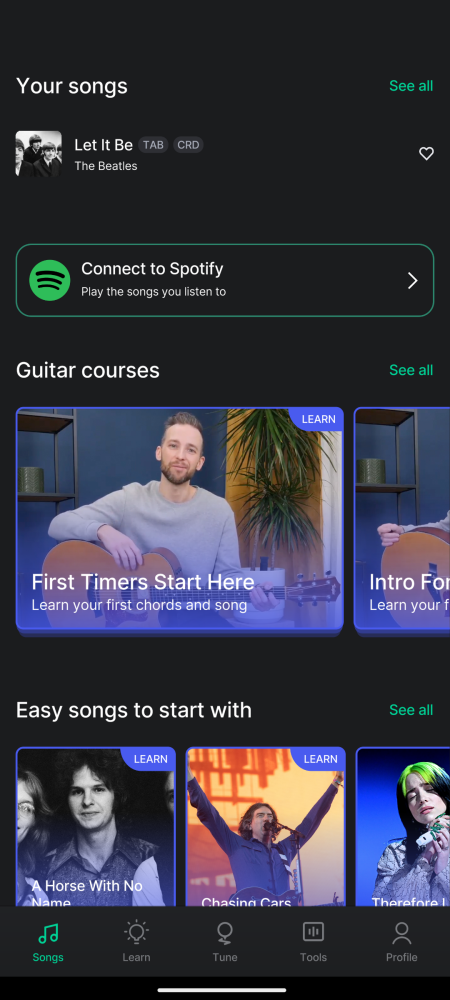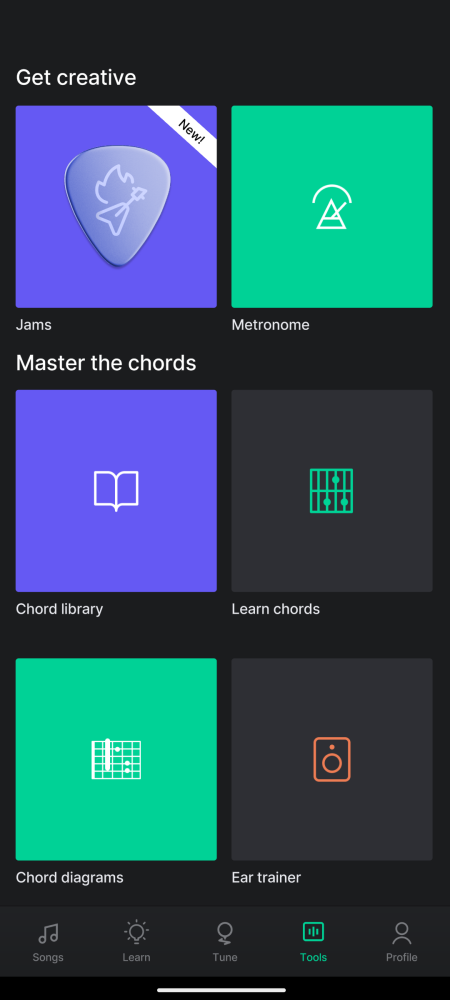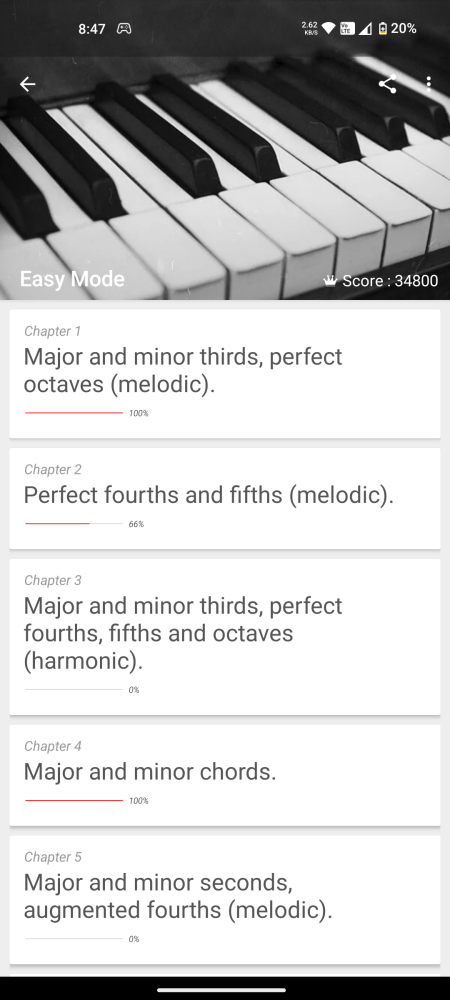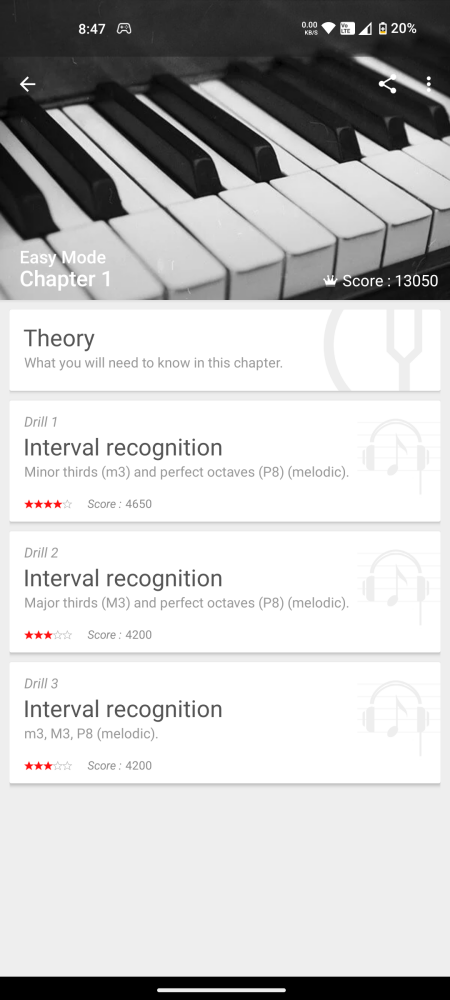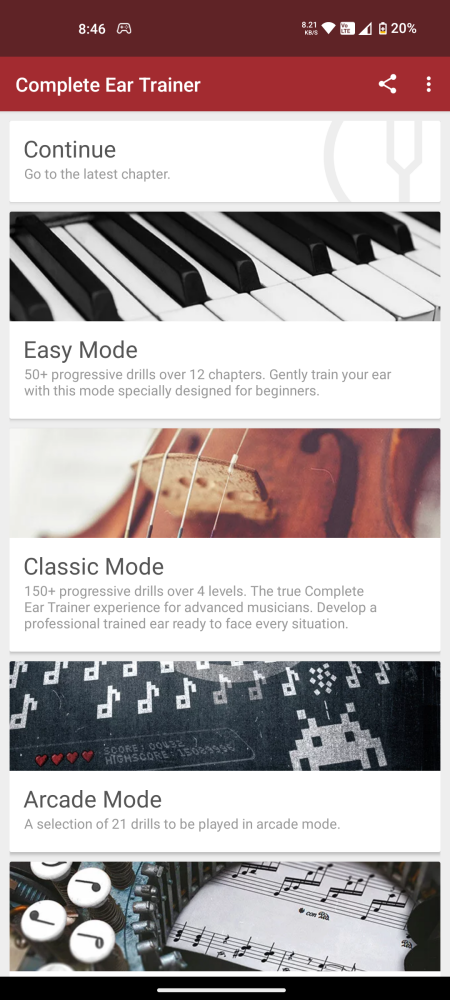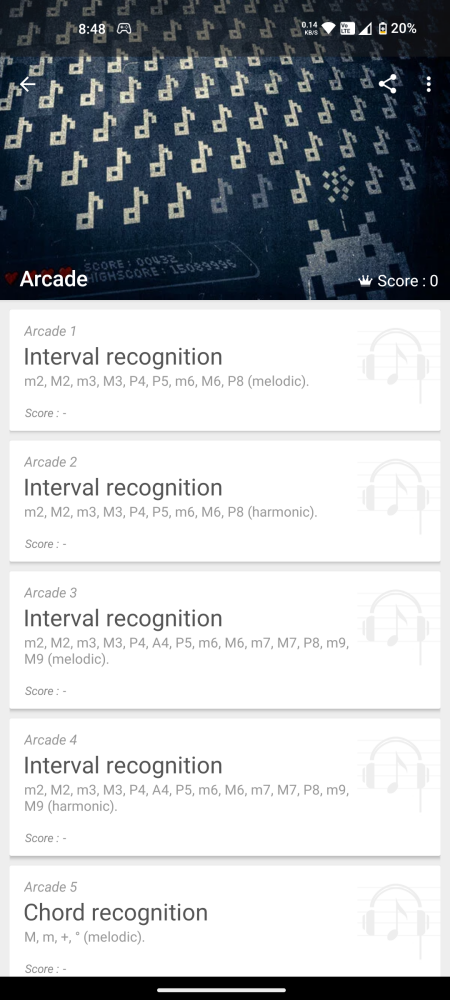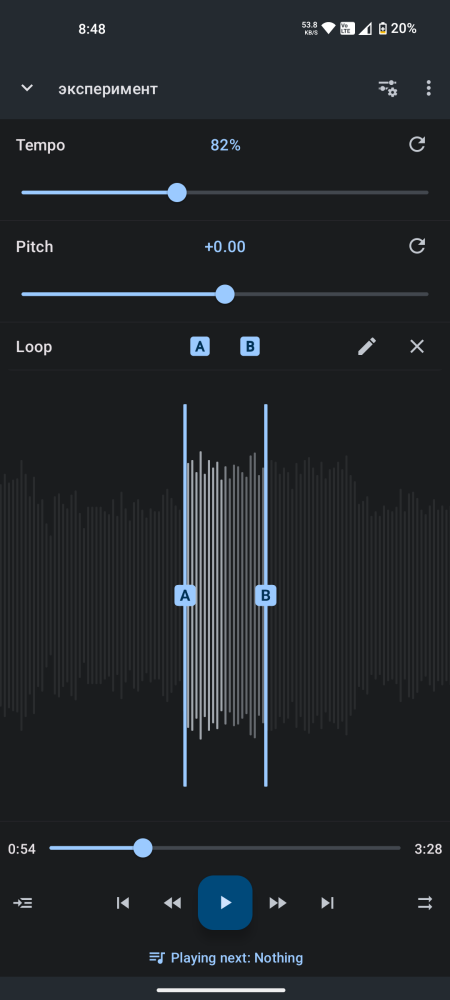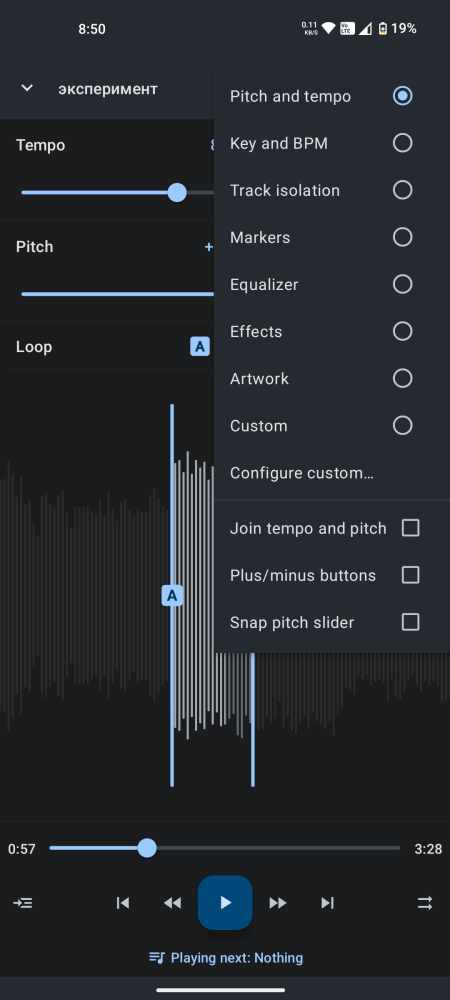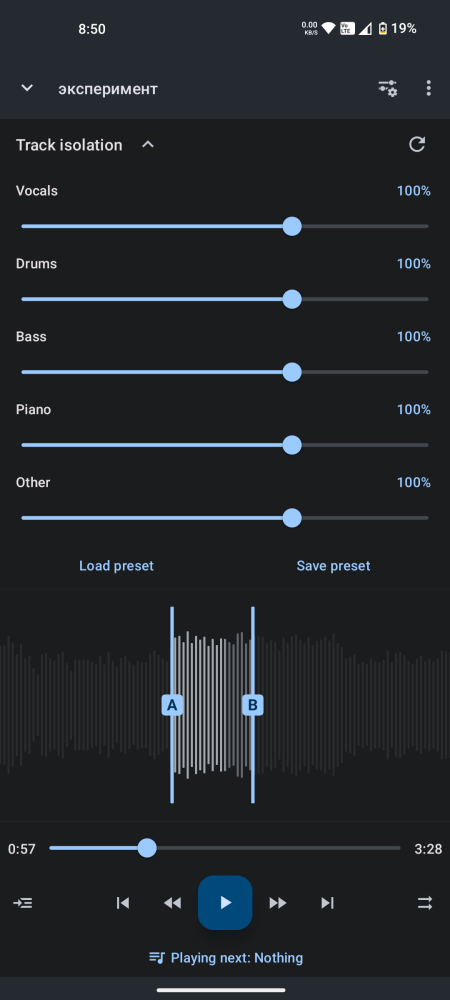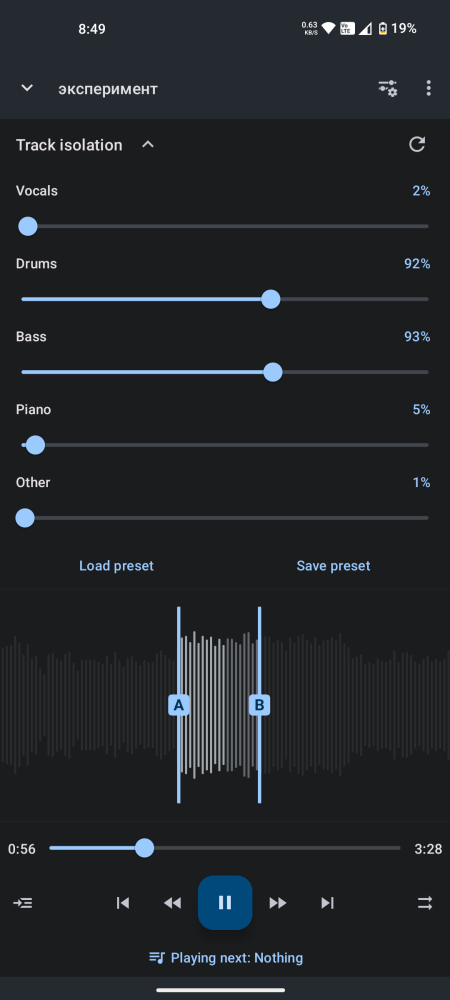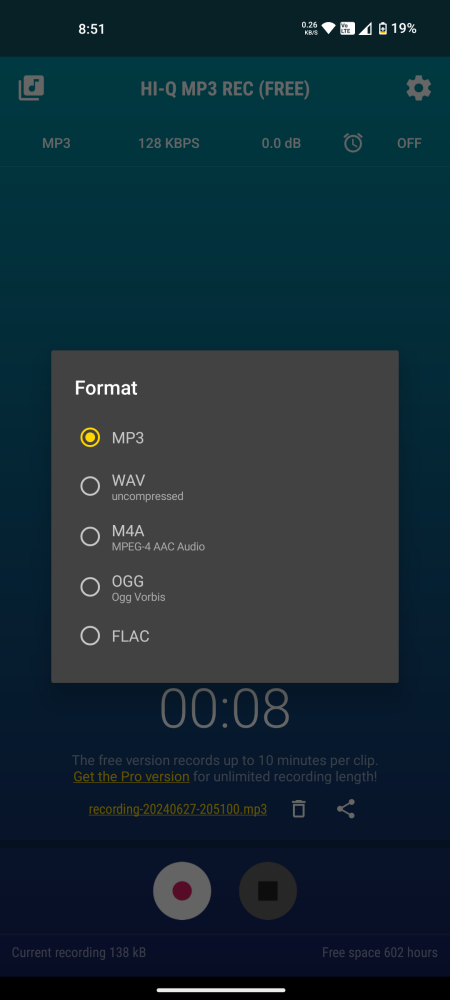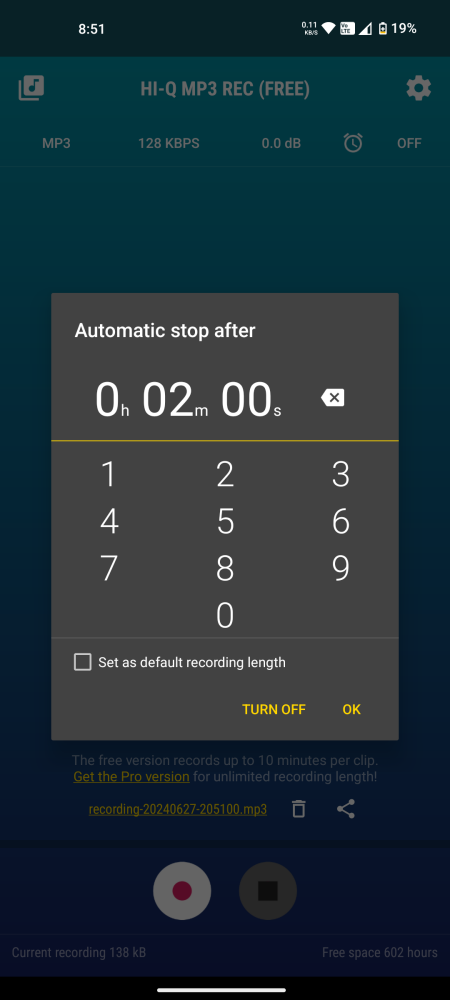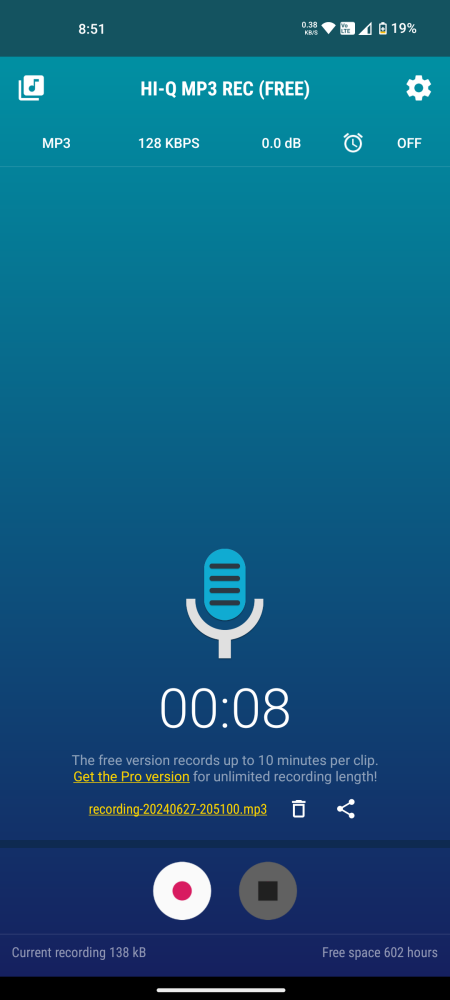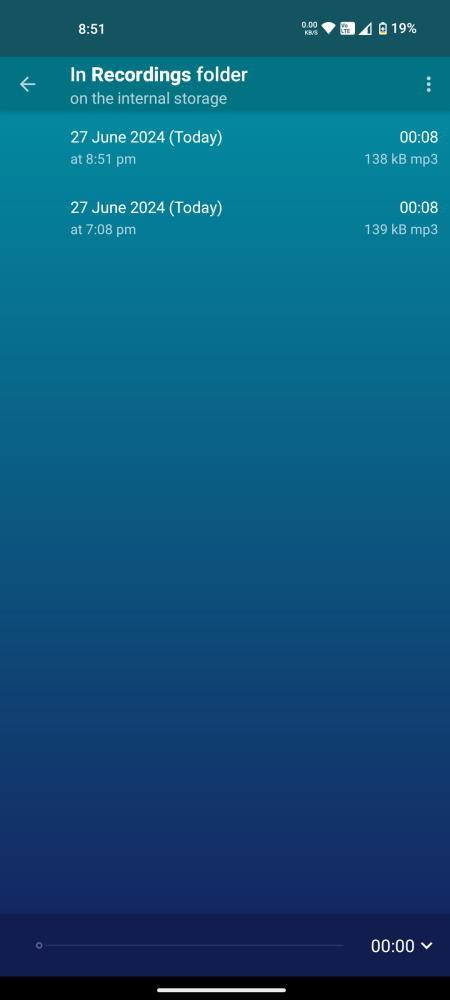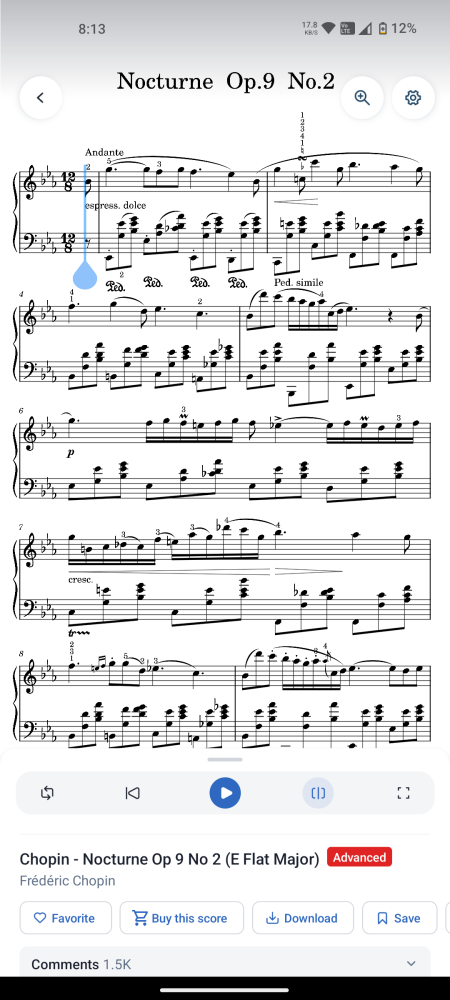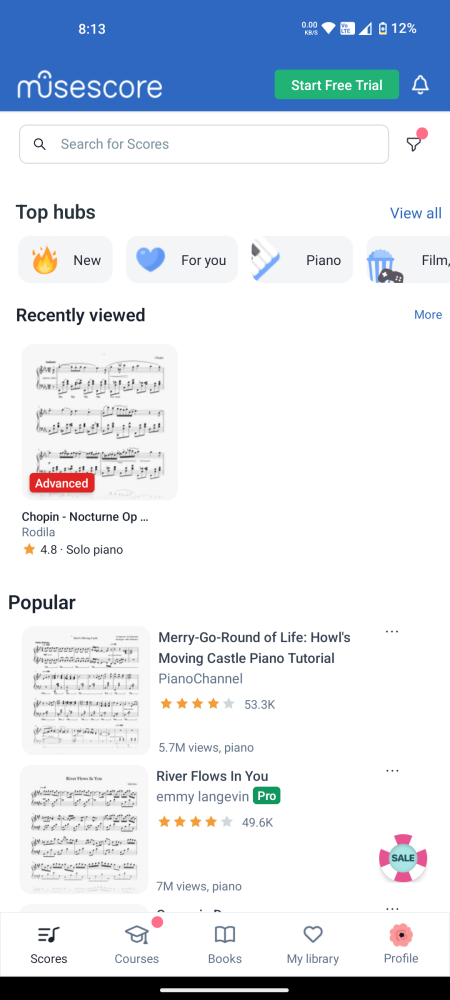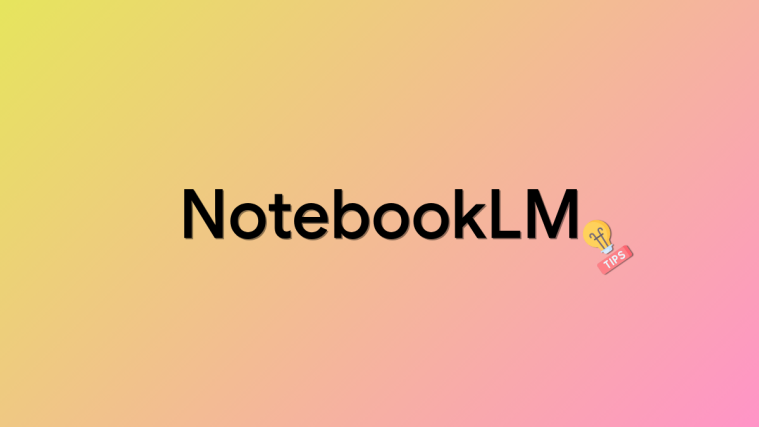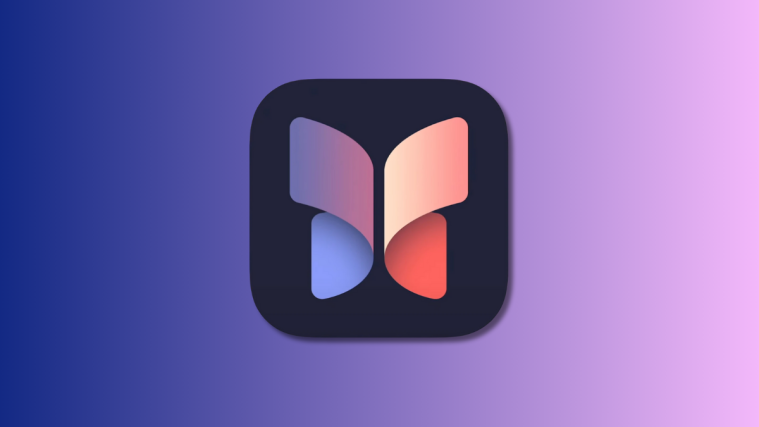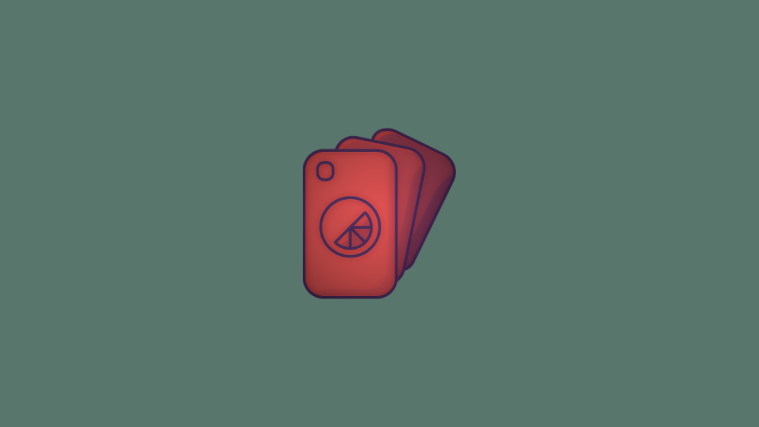Every artist has a few tools that are simply indispensable to their craft. For musicians, this is often their instrument, recording devices, and a few other gear. In the digital age, however, we also have the convenience of owning smartphones that can hold dozens of apps. You’ll hardly find a musician who doesn’t have a few apps essential to their work. At least I’m yet to come across such a creature.
Ever since I started learning guitar and music on the whole, I’ve experimented with tons of music-related apps. Sometimes I just play around with them when I’m bored. Other times they have literally saved my self-esteem from turning to dust.
Barring your instrument, which every musician worth his/her salt must have with them, it’s also not easy to carry everything with you all the time, no matter how much of an analog purist you are. But I’ve never much cared for anything but being a better musician, writing songs, and catching inspiration by the wing. And the apps I have on my phone reflect that.
Although I understand that every musician would ultimately have their own list of essential apps, I have always tried to keep things simple. Most of my apps are free, easy to get, and are simple enough for even a toddler to use. The idea is simple: why waste your time on learning tools when you could be practicing your instrument?
5 Android apps every Musician must have
Here are a few essential apps that facilitate not just the process of music making but also improve the musician in you.
1. GuitarTuna by Yousician
Don’t be fooled by the word ‘Guitar’ in the name. This app can help you tune 15 different instruments, including ukulele, bass, banjo, mandolin, the violin family, and many more, and is a favorite among musicians with stringed instruments. It’s easily the simplest, no fuss tuner app out there.
It’s also highly accurate in terms of pitch, though I would expect no less from such an app. If you’re a beginner or are in a hurry, you’ll probably want to stick to ‘Automatic’ tuning. But if you want to develop your ear, I highly suggest the ‘Manual’ mode.
There are also several dozen alternative tunings so you’re not just stuck with the standard. When you’re feeling ultra creative, maybe experiment and create your own custom tuning as well (though that will require you to upgrade to the paid version).
And it’s not just tuning. The app has several other tools to help you get better, such as a metronome, learning simple songs, music theory, chords, etc. All this is instrumental (heh) to drilling the basics and expanding upon your repertoire. There’s also an ‘Ear Trainer’ tool on this app. But I wouldn’t recommend it. For that, check out the following app.
2. Complete Ear Trainer by Binary Guilt Software
This single app has by far been the most important app I’ve ever had in my entire life, hands down. And there are a few different things that come together to form that opinion.
Firstly, it’s an ear training app that doesn’t just throw you into the deep end and tell you to figure out random intervals. It has a very structured approach to ear training that’s divided into levels and chapters.
You start with a one-page easy to understand theory lesson that literally spells out what you should be listening for. After that comes practice, where you first identify the intervals melodically (two notes played separately), and then harmonically (notes played together). If you can cover all drills in a chapter with about 90% accuracy, you move on to the next chapter.
With this approach, you cover everything from intervals to scales to chords, going from simple to advanced. And that’s just the ‘Classic Mode’. You can also have your own ‘Custom Training’ and play on ‘Arcade Mode’ to test your abilities. And guess what, there’s even a worldwide leaderboard if you’re feeling particularly confident.
I’ve spent countless hours on train and bus rides trying to figure out intervals and learning theory. No doubt, it can be a frustrating endeavor and I wish I had started learning earlier. But the gamification helps and I can guarantee you’ll gradually find it easier to figure out songs by ear, no matter how difficult they are. Having well trained ears is really a superpower that I wish I could bestow on everyone. You don’t even need to have your instrument to train your ear. Just put on your earbuds or headphones and listen closely.
Some of the app’s features are paid such as ‘Arcade mode’ and ‘Custom training’. But given how cheap the app is, $5.99 for a one-time purchase, the value you get for your money is well nigh infinite.
You may also like Complete Music Reading Trainer and Complete Rhythm Trainer by the same company
3. Music Speed Changer
Music Speed Changer does what its name suggests. You play a song from your local storage and slow the tempo down. Even better, set two points and loop that section, so you can hear it again and again at a slow speed.
This is how I’ve learnt most of the songs I know. I’m old school that way. I don’t like tabs and don’t like to learn from people on YouTube telling me which note to play on which fret. I’m not tone deaf yet. I can figure it out myself, thank you very much.
If you have the song already on your phone’s storage, you’ll be surprised how simple it is to open it in Music Speed Changer, set the ‘A’ and ‘B’ markers for loop and slow the tempo. And just listen over and over again until you cannot help but figure it out. I cannot begin to tell how many times I’ve corrected my friends (who learned from tabs) over little things that, in my opinion, can make or break a performance.
Not too long ago, Music Speed Changer also introduced a ‘Track isolation’ feature which – you guessed it – will isolate the tracks of a song so you can better hear what’s being played. This is a gem of a feature for learning parts that are buried in the mix. I used to look for stem files on some very shady websites before this feature came out (not proud to say this). But hey, what’s a musician to do?
RELATED: How to Split Audio Tracks Using Music Speed Changer App on iOS and Android
4. Hi-Q MP3 Voice Recorder
Now, when it comes to recording ideas on the go, you could go with just about any recorder app. Even the native recorder app on your device would do, essentially. But in-built recorder apps come up short in one way or another. This is why I prefer a third-party app like Hi-Q MP3 Voice Recorder app.
Other than the basics of recording sound, which it does as well as any other app, there are several other features and little conveniences that make it stand out. For instance, you can record in 5 formats, including MP3, WAV, M4A, OGG, and FLAC, make your recordings louder by increasing the default gain, and even set a timer to automatically stop recording after a few minutes.
All your recordings are just a tap away (top left) and you can even upload your recordings straight to Dropbox and Google Drive from Settings. And thank God for that.
But perhaps my favorite feature is the ability to access your latest recording as soon as you finish recording it, delete it if you think you tripped up, or share it with others – all from the main page. It’s a small thing, to be sure. But when I’m trying to capture my muse, it’s these little details that ensure that I stay in the zone and don’t have to worry about tapping here and there just to access and listen to what I just recorded.
Compared to the native recorder app on my phone, the Hi-Q MP3 Voice Recorder app is ten times better. The free version has a 10-minute recording limit per clip, which is more than enough for me.
5. MuseScore: sheet music
As a guitarist I find myself in mortal terror when I come across sheet music. But if you’ve got the ambition and the courage to back it up, MuseScore will simplify your learning. Of course, since it’s a sheet music learning app, all musicians benefit from it, as many of my friends have.
There’s a huge catalog of scores, songs, and classical pieces from dozens of genres. The app will ask some initial questions so it can curate the best practice method for you. It works similar to guitar tabs where you follow the piece and play right from the app at your own pace, but uses traditional sheet music instead. If you’ve ever tried Songsterr, you’ll have no problem using this app.
Full disclosure: I haven’t used this app myself because, one, it’s a paid app, and second, well, it’s sheet music.
I would love to sight read someday and catch up with my friends. I’ve lost count of the number of times the pianist and the trumpet players in my jazz band have told me to just get this and get over my fears. Maybe it’s time I take their advise and just do it.
So these were my most used music apps. I wholeheartedly believe they would help anyone who wants to get into music seriously and learn as much as they can. Now is truly the best time to learn an instrument and learn music in general. So go ahead and get the apps that you need. Until next time! Keep rocking.


